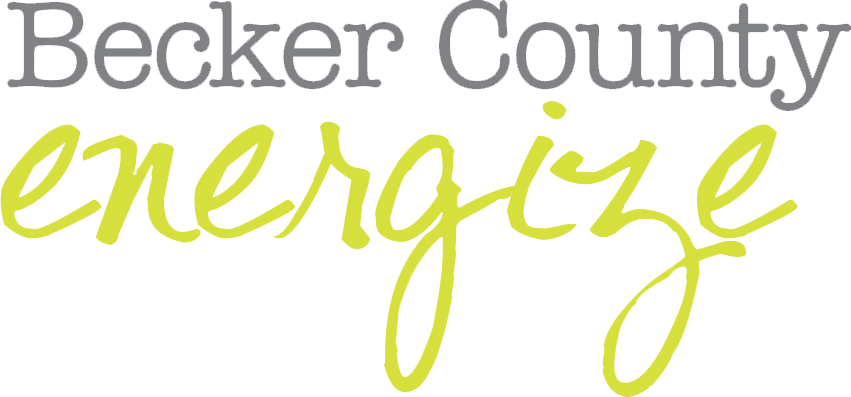Decreasing Tobacco Use and Exposure
Tobacco use in Minnesota is still a big problem. Currently, 16% of the state’s population (625,000 people) still smoke, and this year 77,000 kids will use tobacco. Smoking costs Minnesota $3 billion in excess health care costs annually. PartnerSHIP 4 Health is working to decrease tobacco use and exposure through policy, system and environmental changes in the following areas:
- Smoke-free Multi-unit Housing: Smoke-free apartment buildings are not always available to every renter. PartnerSHIP 4 Health works with renters, landlords and building owners on the process of going smoke-free.
- Tobacco-Free Post-Secondary Campuses: Tobacco-free campus policies promote a healthier environment for students, staff, and visitors. PartnerSHIP 4 Health is available to help campuses move through the process of going tobacco-free and work to connect students, staff, and faculty to cessation services.
- Decreasing Youth Access to Tobacco: Tobacco use among youth is still a problem in Minnesota, and one of the best practices shown to decrease youth access to tobacco is having strong local tobacco policies and ordinances around tobacco point of sale. PartnerSHIP 4 Health is working with cities and counties on updating their Tobacco Sales Ordinances, making sure compliance checks are being completed and assessing the tobacco advertisements inside and outside of tobacco retailers within the four counties.
- Smoke-free Foster Homes & Daycares: Foster children are a uniquely vulnerable population, approximately 80% of foster children in the US have at least one chronic medical condition, and respiratory illness is highly common. PartnerSHIP 4 Health is working to have smoke-free foster home and daycare policies passed in the four counties.
- E-Cigarettes: E-Cigarettes are becoming more and more popular. What can be done about e-cigarettes?
Tobacco Resources
Smoke-Free Multi-Unit HousingLive Smoke-Free: Minnesota Smoke-Free Housing
HUD Smoke-Free Housing ToolkitTobacco-Free Post-Secondary Campuses
HUD Smoke-Free Housing ToolkitTobacco-Free Post-Secondary Campuses
University of Minnesota Tobacco-Free Resources
Tobacco-Free College Campus Initiative
Decreasing Youth Access to Tobacco
Counter Tobacco: Point of Sale Resources
Smoke-Free Foster Homes & Daycares
Public Health Law Center Smoke-Free Foster Care: Policy Brief
Tobacco Cessation


